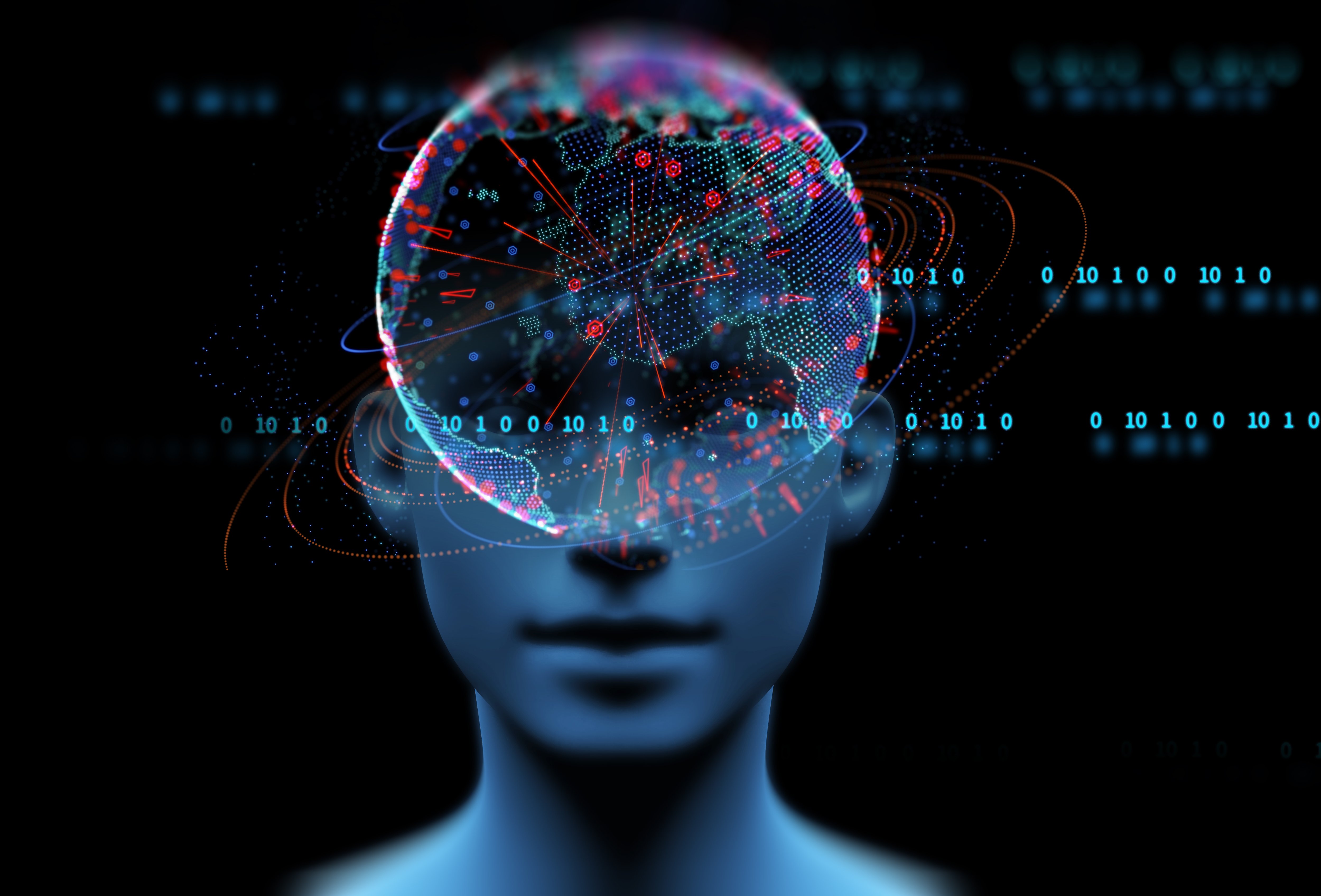
In today’s data-driven world, the term “AI” (Artificial Intelligence) has become ubiquitous, often used in discussions about data analysis, decision-making, and automation. But what exactly is AI in data, and how does it shape our understanding and utilization of information? In this blog, we’ll delve into the intricacies of AI in data, exploring its definitions, applications, challenges, and transformative potential.
Understanding AI in Data:
At its core, AI in data refers to the application of artificial intelligence techniques and algorithms to analyze, interpret, and derive insights from vast volumes of data. Unlike traditional methods of data analysis, which often rely on predefined rules and algorithms, AI in data harnesses the power of machine learning (ML), deep learning, natural language processing (NLP), and other AI technologies to uncover hidden patterns, trends, and correlations within datasets.
The applications of AI in data are manifold and span across various industries and domains. Some common applications include:
- Predictive Analytics: AI-powered predictive analytics algorithms can forecast future trends, behaviors, and outcomes based on historical data, enabling organizations to make data-driven decisions and mitigate risks effectively.
- Personalized Recommendations: E-commerce platforms, streaming services, and social media platforms leverage AI algorithms to deliver personalized recommendations to users based on their preferences, browsing history, and interactions, enhancing user experience and engagement.
- Natural Language Processing (NLP): NLP technologies enable machines to understand, interpret, and generate human language, facilitating tasks such as sentiment analysis, text summarization, language translation, and chatbot interactions.
- Image and Video Recognition: AI-powered image and video recognition algorithms can identify objects, faces, scenes, and activities within visual content, enabling applications such as facial recognition, object detection, and content moderation.
- Anomaly Detection: AI algorithms can detect anomalies or outliers within datasets, signaling potential fraud, errors, or unusual patterns that require further investigation, thereby enhancing data security and integrity.
Challenges and Considerations:
While AI holds immense potential for revolutionizing data analysis and decision-making, it also presents certain challenges and considerations, including:
- Data Quality and Bias: The effectiveness of AI algorithms heavily relies on the quality, completeness, and representativeness of the underlying data. Biases present in the data can lead to biased outcomes and decision-making, highlighting the importance of data governance and bias mitigation strategies.
- Interpretability and Transparency: AI algorithms, particularly deep learning models, are often perceived as “black boxes” due to their complex and opaque nature. Ensuring the interpretability and transparency of AI-generated insights is crucial for building trust and understanding among stakeholders.
- Ethical and Legal Implications: The use of AI in data raises ethical and legal concerns related to privacy, consent, fairness, accountability, and transparency. Organizations must adhere to ethical guidelines, regulatory frameworks, and industry standards to mitigate risks and ensure responsible AI deployment.
- Skills Gap and Talent Shortage: Building and deploying AI solutions require specialized skills and expertise in data science, machine learning, and AI technologies. Addressing the skills gap and talent shortage is essential for organizations seeking to harness the full potential of AI in data.

Despite the challenges, the transformative potential of AI in data is undeniable. By unlocking actionable insights, facilitating automation, and enabling data-driven decision-making, AI empowers organizations to innovate, optimize processes, and gain competitive advantages in today’s dynamic business landscape.
In conclusion, AI in data represents a paradigm shift in how we analyze, interpret, and leverage information to drive business outcomes and societal advancements. By embracing AI technologies responsibly, organizations can harness the power of data to unlock new opportunities, solve complex challenges, and create value in a rapidly evolving digital age.
Let’s delve further into the nuances of AI in data, exploring additional aspects such as the role of AI in data governance, the impact of AI on job roles and industries, as well as emerging trends and future directions.
- Role of AI in Data Governance: Data governance refers to the framework of policies, processes, and controls that ensure the effective management, quality, privacy, and security of data assets within an organization. AI plays a significant role in enhancing data governance practices by automating tasks such as data classification, lineage tracking, access control, and compliance monitoring.
AI-powered data governance solutions leverage machine learning algorithms to analyze data usage patterns, identify sensitive information, and enforce data protection policies in real-time. By augmenting human efforts with AI-driven insights and automation, organizations can strengthen their data governance frameworks, mitigate risks, and ensure regulatory compliance in an increasingly complex data landscape.
- Impact of AI on Job Roles and Industries: The integration of AI in data has profound implications for job roles, skillsets, and industries across the board. While AI-driven automation streamlines routine tasks and processes, it also necessitates the reskilling and upskilling of the workforce to thrive in a data-driven economy.
In the realm of data analysis and decision-making, traditional roles such as data analysts, statisticians, and business intelligence professionals are evolving to encompass AI and machine learning skills. Similarly, emerging job roles such as data scientists, AI engineers, and machine learning specialists are in high demand, reflecting the growing importance of AI expertise in driving innovation and competitive advantage.
Across industries, AI is reshaping business models, processes, and customer experiences. In healthcare, AI-powered diagnostic tools and predictive analytics improve patient outcomes and optimize resource allocation. In finance, AI-driven fraud detection algorithms enhance security and risk management. In manufacturing, AI-enabled predictive maintenance reduces downtime and optimizes production efficiency. The list goes on, highlighting the transformative impact of AI across diverse sectors.
- Emerging Trends and Future Directions: Looking ahead, several emerging trends are poised to shape the future of AI in data:

a. Federated Learning: Federated learning enables AI models to be trained across distributed data sources without centralized data aggregation, preserving data privacy and security while fostering collaboration and knowledge sharing.
b. Explainable AI (XAI): Explainable AI techniques aim to enhance the transparency and interpretability of AI models, enabling stakeholders to understand how decisions are made and identify potential biases or errors.
c. Edge AI: Edge computing combined with AI algorithms enables real-time data analysis and inference at the edge of the network, facilitating applications such as autonomous vehicles, IoT devices, and smart infrastructure.
d. AI Ethics and Responsible AI: As AI continues to permeate various aspects of society, there’s a growing emphasis on ethical considerations, fairness, accountability, and transparency in AI development and deployment.
